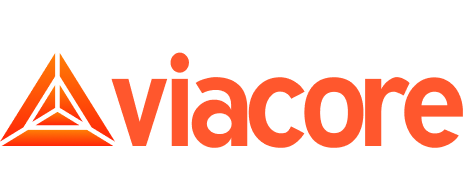Innovative Tech in Today's Healthcare
Innovative Tech in Today's Healthcare" is a concise and impactful title that highlights the role of modern technology in transforming the healthcare industry
Introduction
In recent years, the healthcare industry has experienced a surge in innovation, driven by advances in technology that have transformed how care is delivered and experienced. As digital technologies continue to evolve, so do the opportunities for improving patient outcomes, streamlining healthcare operations, and enhancing the patient experience. In this guide, we’ll explore the key features, benefits, and best practices that healthcare organizations should consider when adopting innovative technologies in today’s healthcare landscape.
The Advantages of Innovative Technology in Healthcare
Innovative technology offers numerous benefits that traditional healthcare systems cannot always provide. Some of the key advantages include:
1. Improved Patient Care
Technologies like telemedicine, remote monitoring, and AI-driven diagnostics enable healthcare providers to deliver timely, personalized care. This results in better patient outcomes by allowing for early intervention and more accurate diagnoses.
2.Cost Efficiency
By optimizing administrative workflows, automating routine tasks, and streamlining care delivery, innovative technologies can significantly reduce costs for healthcare organizations. Virtual consultations and digital tools also lower the need for in-person visits, reducing overhead expenses.
3. Enhanced Data Management
Digital health records, predictive analytics, and cloud-based systems improve how patient data is collected, stored, and analyzed. This allows healthcare professionals to make data-driven decisions, improving patient care and reducing medical errors.
However, implementing innovative technology in healthcare requires careful planning to ensure the technology is adopted effectively and does not disrupt care delivery. Successful integration depends on choosing the right solutions and using them in conjunction with existing processes.

Key Considerations for Adopting Innovative Healthcare Technology
When selecting innovative healthcare technologies, consider the following criteria to ensure they align with your organization’s goals:
1. Functionality
Ensure that the technology supports essential healthcare functions, such as telemedicine, electronic health records (EHR), patient management, and data analytics. The technology should offer tools that improve workflows and patient care.
2. User Experience
A well-designed solution should offer an intuitive interface for healthcare providers and patients alike. The user experience should make it easy to navigate, reducing training time and enhancing engagement for both parties.
3. Customization
The technology should be flexible enough to adapt to different healthcare needs, whether for small practices or large hospital systems. Customization options allow organizations to tailor solutions to their specific requirements and integrate them into their existing infrastructure.
4. Interoperability
Effective healthcare technology should integrate with other tools and systems, such as Electronic Health Records (EHR), lab systems, and pharmacy management platforms. This ensures smooth information exchange and enhances care coordination.
5. Support and Training
Providing adequate support and training for healthcare professionals is critical. Ensure that the technology provider offers robust customer support and educational resources to guide users through the adoption and integration process.
Best Practices for Implementing Innovative Healthcare Technology
Adopting innovative technology in healthcare involves more than just purchasing the right tools. Healthcare organizations should implement best practices to ensure seamless adoption and maximize the technology’s potential:
Engage Healthcare Providers :Actively involve healthcare professionals in the decision-making process and ensure they are trained in the new technologies.
Prioritize Patient Privacy :Ensure that technologies comply with privacy regulations such as HIPAA, safeguarding patient data and maintaining confidentiality.
Monitor Technology Performance :Use analytics and feedback from healthcare providers to track how the technology is performing, identifying areas for improvement.
Stay Flexible and Adapt:Be open to adjustments based on user feedback and evolving healthcare needs, ensuring the technology continues to add value over time.
